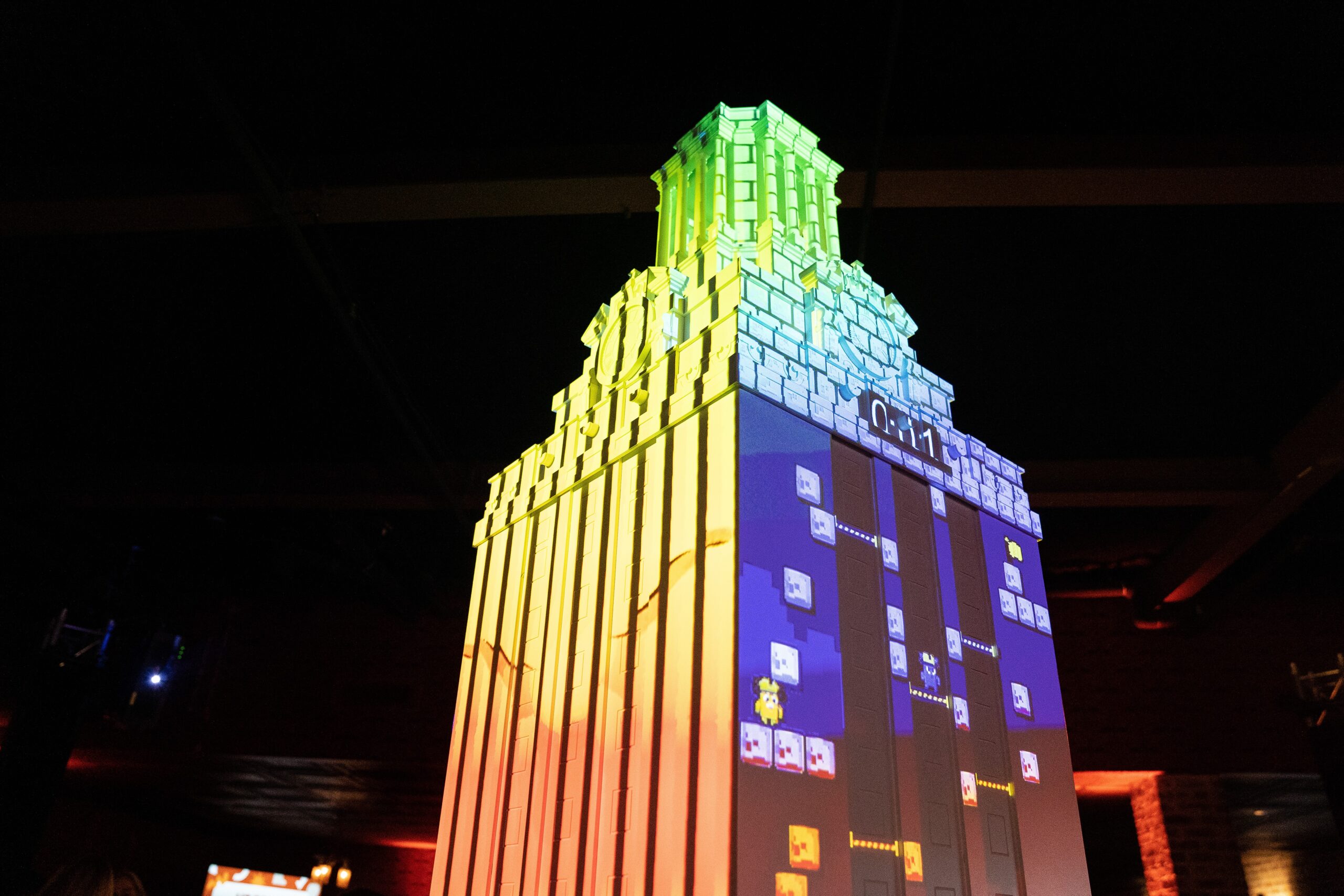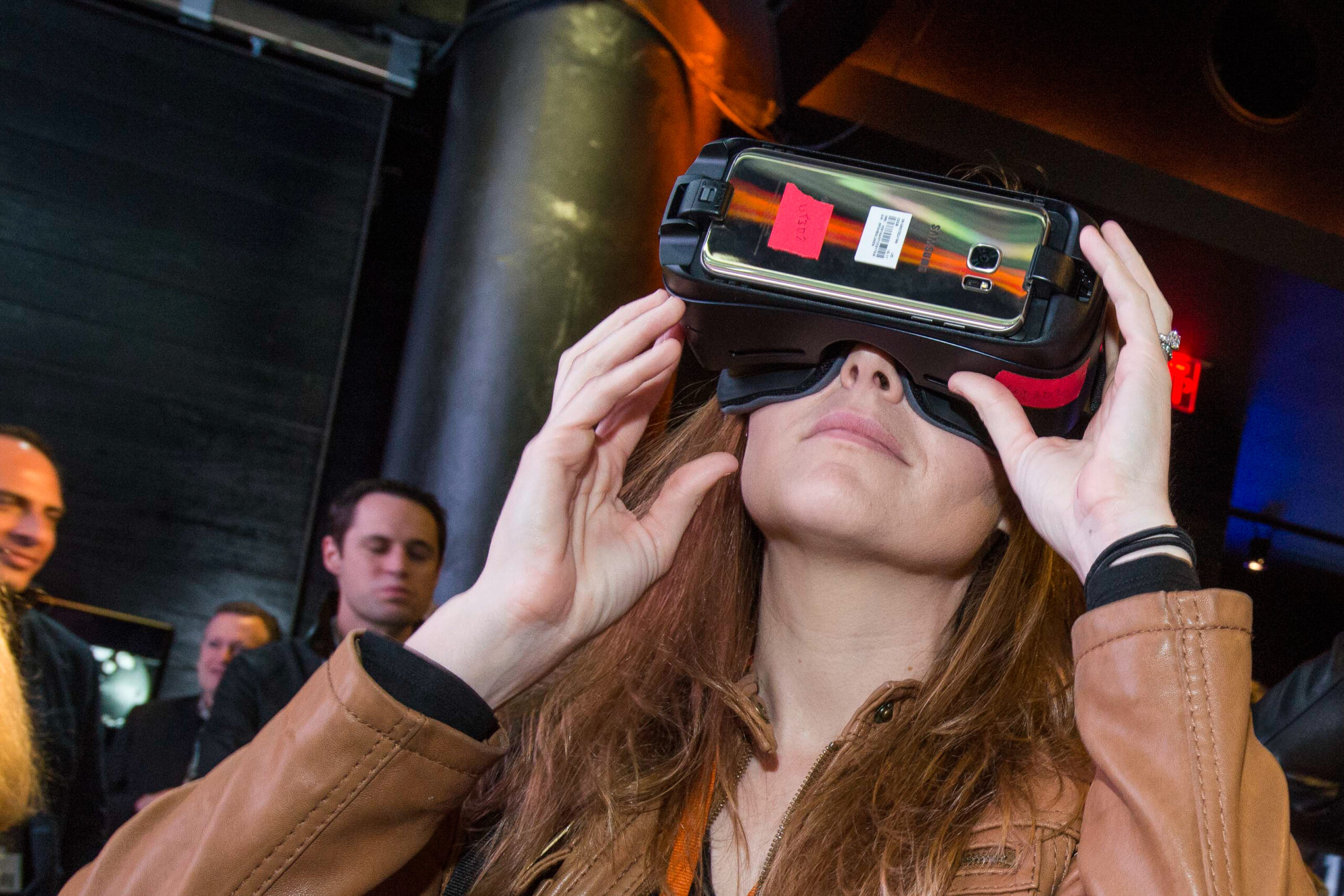
The University of Texas at Austin’s Game Development and Design (GDAD) Program has expanded its curriculum to encompass the continuing advances of the digital interactive and immersive media industry. Below is a guide for what each student learns in their respective departments — Arts and Entertainment Technologies (AET), Computer Science (CS), or Radio-Television-Film (RTF) — that ultimately allows them to contribute their specialized knowledge in the creation of 2D and 3D games and/or engaging and immersive applications. In addition, students can take Texas Immersive Media (TXI) courses to enhance their skills in immersive media, such as AR/VR.
Classes focused specifically on game animation, art, and design are offered by Department of Arts and Entertainment Technologies (AET), coursework in coding for games and visualization are offered by Department of Computer Science (CS), courses offered by Department of Radio-Television-Film (RTF) center on narrative design, cinematic arts, and emergent media, and courses on immersive experiences are offered by the Texas Immersive Institute (TXI). Under this joint endeavor, complementary minor programs and concentrations are offered exclusively by all four entities to provide a broad and comprehensive curriculum that blends instruction in art, programming, media, and design.
Arts and Entertainment Technologies (AET)
AET focuses on teaching game art, animation, and design, both creatively and technically. AET teaches animation principles and processes in fields like video games for interactive and immersive experiences. Students create visual layouts, previsualization, models, and final assets, encompassing 2D and 3D art, tech art tools, and art asset pipelines. Coding education centers on scripting languages such as Processing and C#, with emphasis on real-time engines like Unity and Unreal. Design involves creating mechanics, systems, and engagement opportunities, including world-building, implementation, and storytelling.
Computer Science (CS)
In Computer Science (CS), game programming concepts focus on software architecture, programming language paradigms, data structures, and data representation. Students develop industry-grade programming skills, emphasizing code reusability, flexibility, maintenance, and problem-solving within large codebases using available documentation. Game development serves as a means to teach software engineering, team dynamics, game design, development, and studio environment norms. Students practice agile/scrum methodologies during the development process and engage in ad hoc research on topics like AI, guided by professors in independent studies.
Radio-Television-Film (RTF)
RTF focuses on animation, game studies, game narrative and writing, and virtual production. In RTF, animation encompasses traditional forms like 2D and Stop-Motion, as well as modern techniques like CGI and Performance Capture, applied in both interactive and linear projects. Courses in RTF, particularly in animation and virtual production, focus on art-based outcomes such as environment layout, character design, modeling, and texturing. Virtual art courses specialize in previsualizations, real-time set builds, virtual environments, and assets for both interactive and linear content. RTF also offers courses teaching coding in Unity and Unreal Engine, integrating game engine technology for creating interactive and linear content. The program emphasizes storytelling and narrative mechanics, utilizing worldbuilding, technology, systems, and mechanics to produce engaging content. This includes animated and live-action short films, as well as interactive experiences. The production process follows a progressive approach from pre-production to post-production, ensuring the combination of storytelling and technology is effectively realized. Additionally, game-studies courses analyze video games and the industry through historical, humanities, and social sciences perspectives, enhancing critical thinking about games as a medium.
 Texas Immersive Institute (TXI)
Texas Immersive Institute (TXI)
TXI courses are focused on the creation of immersive experiences. At TXI, art and animation are not just about traditional aesthetics; it’s about crafting experiences that are innovative, engaging, and emotionally resonant. TXI applies art and animation to the creation of visual aesthetics and functionalities that enhance the user experience and engage the emotional and psychological aspects of the guest (graphic design, product design, spatial design, etc). TXI attempts to focus on no-code to low-code scenarios considering the diverse pool of students and their hard skills acquired to date. TXI teaches the framework in worldbuilding, narrative architecture, designing for participation, and interacting within space. TXI teaches that development is the creation of content, and production is the steps that actualize the storytelling and technology combination into the final product following a progressive process beginning with pre-production, production, and concludes with post-production. There’s an emphasis on sound. It is crucial and multifaceted, including spatial sound, voice-overs, ambience and environmental sounds, and auditory feedback for audiences.



